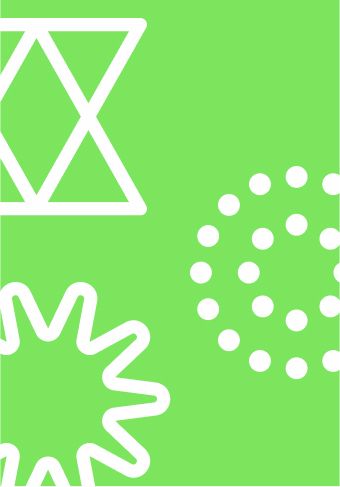The Best Experiential Marketing Campaigns of 2019
Experiential marketing is the creative and exciting way to break out of the digital marketing rut and to form stronger and more memorable connections with your consumers. Take a look at this year’s best experiential marketing campaigns to see what they did to stand out from the crowd.
Experiential marketing has grown in popularity during the last few years as the marketing industry’s understanding of impact has shifted towards a focus on the strength of impact rather than simply on brand visibility.
An experiential marketing campaign is typically a live, immersive and, most importantly, memorable experience that is likely to leave a more lasting impact on the consumer than standard digital marketing schemes. While the most visible experiential marketing efforts are often large-scale events, this form of marketing may be as simple as handing out branded goodies at an event or putting on a one-day trade conference.
Experiential marketing offers an opportunity for brands hoping to stand out and create meaningful, engaging experiences for target audiences, promising to boost brand awareness, loyalty, and value.
While experiential marketing is a great way to engage with consumers, success is not guaranteed and there are many examples of failed attempts at experiential marketing. To prevent failure, you need to carefully think through all the elements of your experiential marketing campaign, taking lessons from both successful and unsuccessful initiatives.
Here are some of the best experiential campaigns of the past year:
1. “Billie Jean King Your Shoes” by Adidas
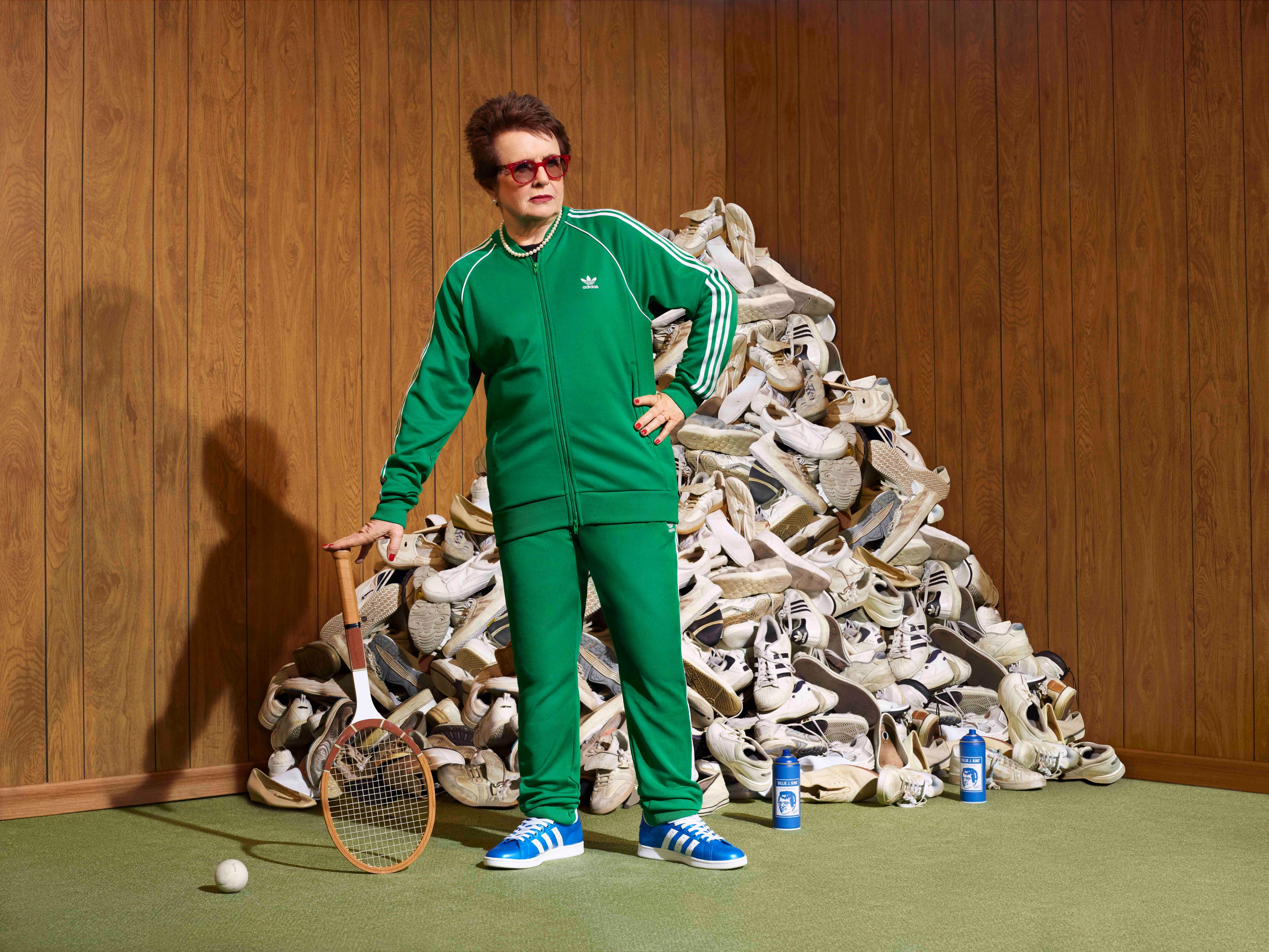
As part of their “Here to Create Change” platform, Adidas used the platform afforded by the 2018 US Open to highlight Billie Jean King’s contributions to women’s rights. King, a legend of the tennis world, is most famous for her 1973 “Battle of the Sexes” victory over Bobby Riggs — the event that inspired Adidas.
At a pop-up erected in the Adidas store at Flushing Meadows Park in New York, the athletic apparel retailer offered to spray painted attendees’ sneakers — whether or not they were made by Adidas — for free to look like the blue and white striped sneakers worn by King during the legendary match. If visitors didn’t want to paint a pair of their own sneakers, they could also purchase pre-painted Adidas sneakers at the event.
The pop-up not only built brand awareness through an engaging experience but served as a testament to the brand’s commitment to gender equality in sporting and beyond. Adidas knows the value of this kind of endorsement — 63% of global consumers prefer to buy products and services from brands that stand for a purpose that reflects their own values and beliefs, according to Accenture research.
2. The Broadway Musical by Skittles
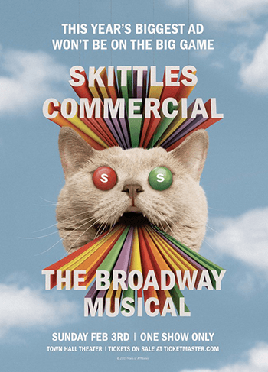
With this campaign, Skittles managed to stand out during the biggest advertising event of the year: the Super Bowl. Instead of the usual 30-second ad that runs during the game and which typically does not have a big impact on candy sales, Skittles created a live, 30-minute, one-time-only musical that would be performed in front of a real audience on Super Bowl Sunday.
The brand hoped to encourage consumers to purchase Skittles as snacks for the Super Bowl, which required engaging consumers before the game. To do so, Skittles posted a behind-the-scenes video and released the cast album on Spotify before the musical hit the stage, generating a buzz around the event. The campaign not only received substantial praise for its creativity, but also gained 1.5 billion media impressions for Skittles.
3. Google Assistant Ride by Google

Google stood out from the crowd at the annual Customer Electronics Show (CES) conference by creating a theme-park-quality ride promoting the Google Assistant. During the ride, visitors embarked on a musical journey through a day in the life of one man. In it, they witnessed the many ways that the Google assistant integrates into everyday life — helping the man with everything from navigating traffic to conversing in French.
The initiative was so effective that many who couldn’t attend the event went on a virtual version of the ride online. The physical, lived journey that consumers enjoyed means that few who experienced it are likely to forget the ride or what they learned about the product.
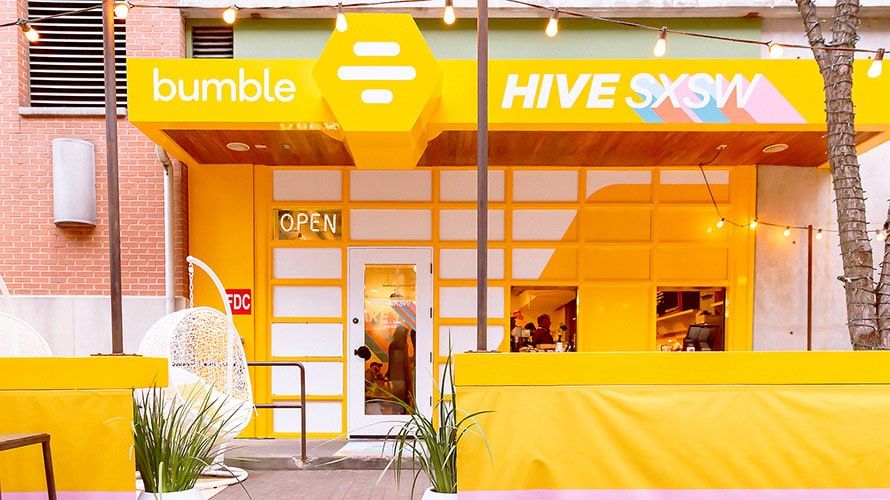
4. Bumble Hive by Bumble
During this year’s South by SouthWest conference (SXSW), Bumble — an app for dating, friendship, and networking — stood out from the crowd with its coffee shop takeover to promote all of the app’s new features. Bumble used what it knew would attract its users (coffee and breakfast food) to design a space where visitors could participate in events including breakout groups, speed mentoring, and even meals with their pets that all clearly tied into specific features of the app.
The stunt was an effective way to create a memorable lived experience that exemplified the brand’s mission: to facilitate genuine connections between people.
5. Salesforce Dreamforce by Salesforce
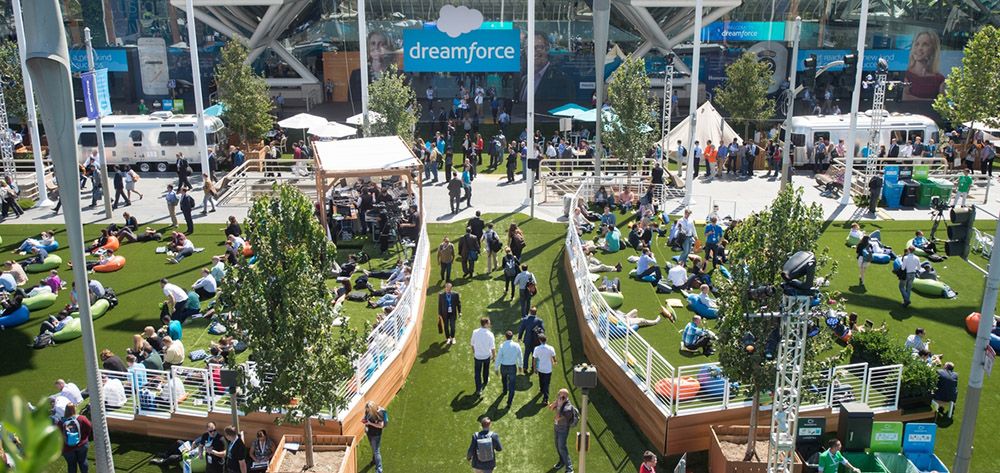
Dreamforce is an annual conference put on by Salesforce. During the event, the space in which the conference takes place is transformed to resemble a Disney park in its excitement and interactivity — while keeping the Salesforce brand front and center in every event and activity.
Last year, for example, hundreds of trees were brought into the middle of San Francisco to create a natural wonderland where attendees were invited to interact with the newest tech through pop-up booths and panels before going attending Metallica and Janet Jackson concerts.
The event allows Salesforce to demonstrate that it is cutting edge and is developing new, exciting technology through a fun, memorable experience that visitors will associate with the brand even after they leave.
6. “The Truth About Opioids: Treatment Box” by Truth Initiative

During the last year, Truth Initiative, known for its anti-tobacco campaigns and activism in combating addiction, has been trying to tackle the nation’s opioid crisis. Its most successful effort used experiential marketing to bring viewers into the reality of opioid addiction recovery. The initiative consisted of a one-day, 3-D video installation in New York City that showed footage of Rebekkah, a 26-year-old heroin and opioid addict, undergoing a detox. Rebekkah had spent five days being filmed 24/7 in a specially-built mini treatment center as she underwent detox treatment. The footage was assembled to create the video for the one-day installation, which allowed passers-by to watch Rebekkah go through the typically-unseen struggles of detoxing.
After the installation, Truth Initiative created a short film that not only depicted Rebekkah’s struggle, but which also showed the intense impact that the installation had on those who viewed it. Through this experiential marketing initiative, viewers were directly confronted with the dangers of addiction in a far more impactful way than they would be with a run-of-the-mill digital ad.
The Takeaways: Creating Impact to Drive Engagement
Experiential marketing can breathe new life into a regular marketing strategy by providing target audiences with a chance to interact more intimately with the brand. Not only does experiential marketing enable brands to elevate brand awareness by connecting with consumers on-the-ground, it also positions brands to have powerful impact that extends beyond the event itself. And it works. 74% of consumers claim they’re more likely to purchase products and services that are promoted at a live event.
It’s not just awareness that brands are driving through experiential marketing, but meaningful engagement that directly impacts the business’s bottom line.
Related Insights
We’re looking forward to working with you, too.
Start conquering the digital terrain today.



